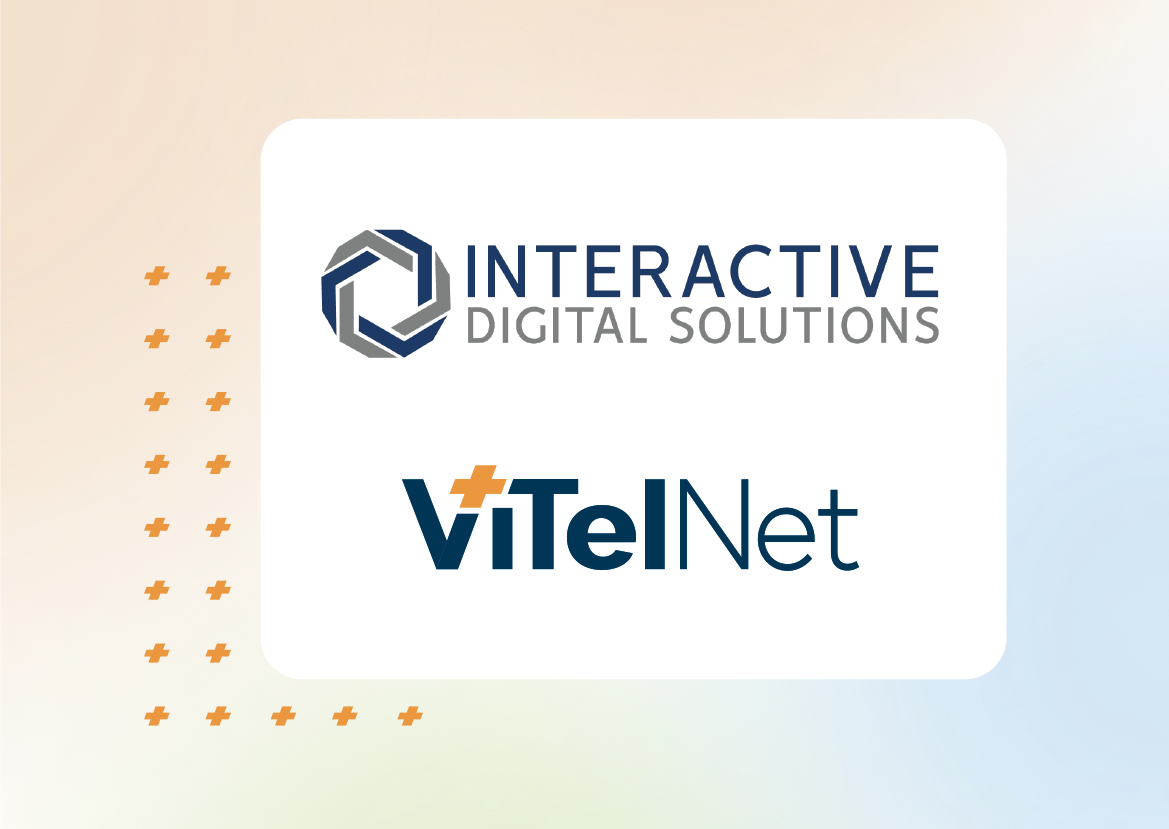As COVID-19 continues to spread exponentially across the globe, medical professionals are scrambling to deal with this monumental pandemic. Telehealth helps contain the spread and assist with the recovery of those infected. In an effort to share info and best practices, ViTel Net assembled a panel of healthcare experts to provide their strategies and solutions with telehealth that are NOW underway.
View the recorded webinar here.
As Dr. Tuckson noted:
This crisis has put the question of ROI on the investment in telehealth to rest. Failure to invest in telehealth is at your own peril.
Our panel of experts and their key takeaways
Karen Rheuban, M.D.
Professor of Pediatrics; Sr. Assoc. Dean, Continuing Medical Education & External Affairs, UVA Health System; Director, UVA Center for Telehealth
Past President of ATA
- UVA – an academic medical center – already has robust telehealth programs. Now, the organization is adapting and change workflows for providers, increasing collaboration with community hospitals, skilled nursing and long-term care facilities, mobilizing teams to bring about needed change.
- They are now instituting a DTC (Direct to Consumer) model to replace in-patient visits with virtual visits, while comporting to relaxed standards that are being unrolled.
- The entire team is taking an all-hands-on-deck approach, staying abreast of changing regulations, which are happening daily and at a remarkable speed.
Sheri Hamersley, M.D.
Perinatologist, President of Maternal-Fetal Medicine Associates of Maryland
- Dr. Hamersley – representing the specialty outpatient clinic perspective – is calling upon past experience, having done extensive mission work & disaster relief. This situation is quite similar, yet for a much more extended period, calming anxious patients.
- The goal of her team is to keep patients out of the hospital, which is now a dangerous environment for their pregnant patients.
- Their practice is also having to calm their patients’ fears, as a great deal of misinformation exists – typical for this type of a situation.
Adam Brown, M.D.
President of Emergency Medicine at Envision; Chair, National Envision COVID19 Task Force
- Envision Healthcare – a physician Services Organization (PSO) is utilizing telehealth with 675 hospitals. And, each hospital has its with own protocols, which is challenging. Telehealth is providing much-needed standards.
- 4 disaster planning items: Space (finding & ensuring proper use of facilities), Staffing, “Stuff” (i.e., masks, ventilators), Psychological well-being of staff (stress professionally and personally)
- Dr. Brown suggests that each healthcare entity needs to appoint an internal telehealth champion, who is knowledgable and makes changes happen within the organization.
Reed Tuckson, M.D.
Managing Director, Tuckson Health Connections, LLC
Past President of ATA
- Dr. Tuckson – representing the payor perspective – expounded on how the eeping track of quickly changing environment is very challenging, as state regulations and federal mandates are being revised almost continually.
- Dr. Tuckson’s list of 12 key elements of recent, standout regulation changes.
- AHIP is an outstanding resource for the latest insurance updates.
Richard Bakalar, M.D.
Vice President & Chief Strategy Officer at ViTel Net
Past President of the ATA
- Dr. Bakalar outlined the framework of telehealth. Paradigm shift: In the past, the patients came to the medical community. But today, the reverse needs to occur – the medical community needs to deliver to the patients in their home setting.
- The surge is anticipated to occur in the next few weeks – new protocols are needed to protect staff and other patients with implementation of delivery models & protocols at an unprecedented timeframe.
- Dr. Bakalar briefly explained the differences between COVID-19 and common, spring health issues, and he showed a Tier approach to the COVID-19 care continuum.
- View the slides here.
Mark Noble
Executive Vice President at ViTel Net and webinar moderator
- Telehealth technology can help manage – ViTel Net’s platform can be utilized across the care continuum – also integrating with the client’s current telehealth solutions.
- ViTel Net also offers a suite of solutions including and beyond live, video streaming with patients and/or other clinicians.
- The U.S. population is diverse – 20% of which are limited-English proficient or deaf – requiring interpreter functionality to communicate with care providers. ViTel Net offers an interpreter-on-demand integration within the telehealth workflow.
- ViTel Net just released Telehealth Triage to allow medical call centers to screen and triage new and existing patients – easy to deploy immediately with no software installation.
We hope you find this info helpful and encourage you to watch the webinar here. For more info, contact us online or at 703-762-9992






